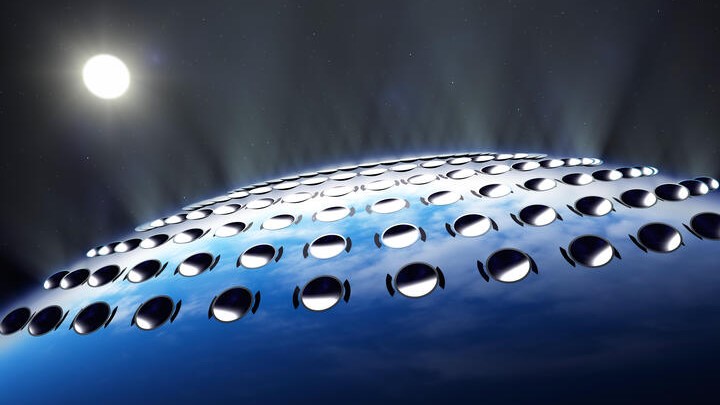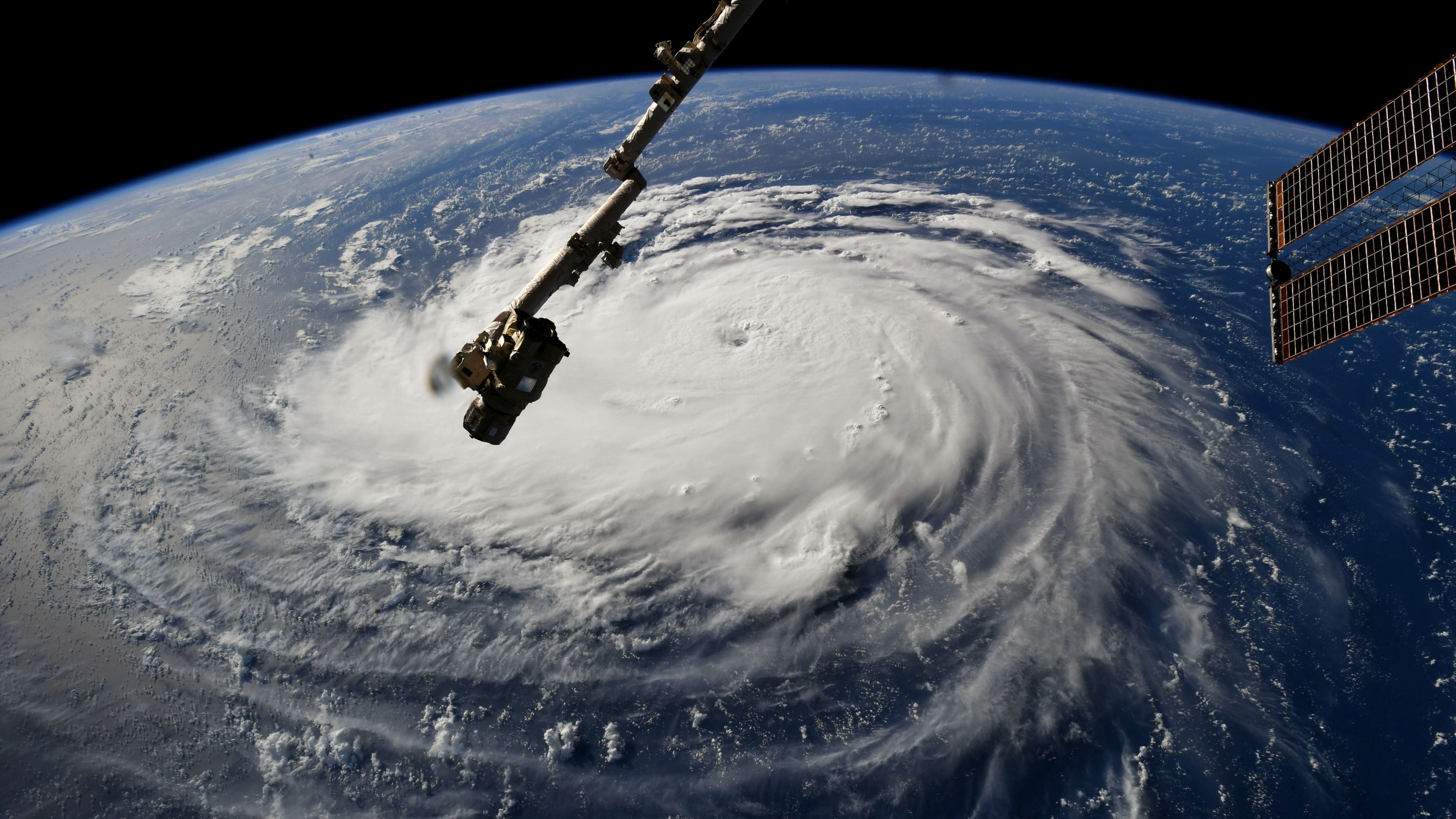Space geoengineering: Can we control the weather?
Explore how existing and future geoengineering technologies could help humans to manipulate the climate.

Geoengineering is the use of technology to alter Earth's climate. It may have become the topic of daily small talk, but the weather and its changing states has a big impact on individuals, localized areas and our planet as a whole.
In some countries, the prolonged lack of rain creates harsh, dry conditions, while others are constantly threatened by surges of floodwater.
Severe weather varies drastically from country to country, but one change in climate is common worldwide– global temperatures continue to steadily increase.
Related: Geoengineering Earth's atmosphere: How it could affect astronomy
Why do some scientists support geoengineering?
As modern technology advances and our understanding of meteorological processes grows, scientists are discovering new ways to control the weather. Instead of succumbing to nature's schedule, projects are in place to make the skies rain, remove carbon dioxide from the atmosphere and prevent extreme weather events such as hurricanes and flooding.
The reasons for weather manipulation can vary from the convenient to the essential. Geoengineering is the term used to describe the manipulation of weather to combat the effects of global warming. These methods are generally split into two categories– carbon dioxide removal and solar geoengineering.
Controlling the weather from space

Geoengineering projects are all created to change Earth's climate. While many are intended for use on ocean surfaces and in Earth's atmosphere, not all of these projects are designed to function on our planet.
Space geoengineering involves taking a large step back from Earth, in an attempt to make more significant alterations. Entering into space means being closer to the sun, and so much of the geoengineering technology envisaged for Earth's orbit involves manipulating the sunlight that illuminates our planet.
Can we block the sun?
The first idea for this form of space-based technology came from engineer James Early in 1989. His concept involved building a giant glass sheet of 2,000 kilometres in width, according to the British Interplanetary Society.
When orbiting Earth, this glass structure would serve as a barrier between the sun and Earth, reflecting sunlight back into space and reducing the radiation that entered Earth's atmosphere. This substantially sized, solid structure would be incredibly expensive to fly to space and would likely need to be assembled in space. In space assembly technology is something that is currently being experimented with, according to the Chinese Journal of Aeronautics.
As we have no long-term human presence on another planetary body, some of today’s scientists have envisaged a more manageable array of smaller mirror satellites and areas of dense asteroid dust to serve as a solar barrier.
Additional resources
You can read more about solar geoengineering with this explainer article from Carbon Brief. Explore Geoengineering even further with this educational material from Harvard University. For more information about geoengineering in space, NASA has answered 5 common questions about hacking the planet.
Bibliography
- Oxford Geoengineering Programme, "What is Geoengineering" http://www.geoengineering.ox.ac.uk
- McInnes, Colin R. "Space-based geoengineering: challenges and requirements." Proceedings of the Institution of Mechanical Engineers, Part C: Journal of Mechanical Engineering Science 224.3 (2010): 571-580.
- Baum, Chad M., Sean Low, and Benjamin K. Sovacool. "Between the sun and us: Expert perceptions on the innovation, policy, and deep uncertainties of space-based solar geoengineering." Renewable and Sustainable Energy Reviews 158 (2022): 112179.
Join our Space Forums to keep talking space on the latest missions, night sky and more! And if you have a news tip, correction or comment, let us know at: community@space.com.
Get the Space.com Newsletter
Breaking space news, the latest updates on rocket launches, skywatching events and more!
Ailsa is a staff writer for How It Works magazine, where she writes science, technology, space, history and environment features. Based in the U.K., she graduated from the University of Stirling with a BA (Hons) journalism degree. Previously, Ailsa has written for Cardiff Times magazine, Psychology Now and numerous science bookazines.











